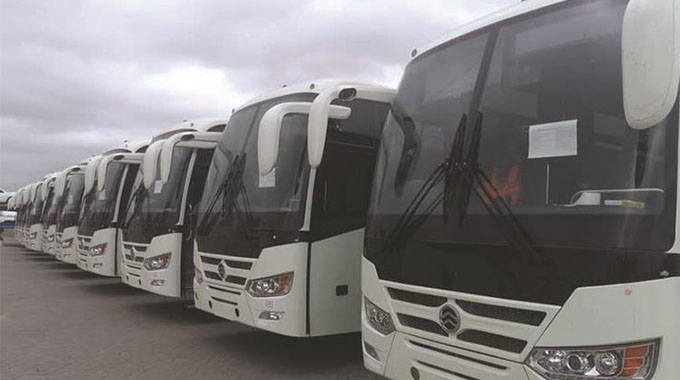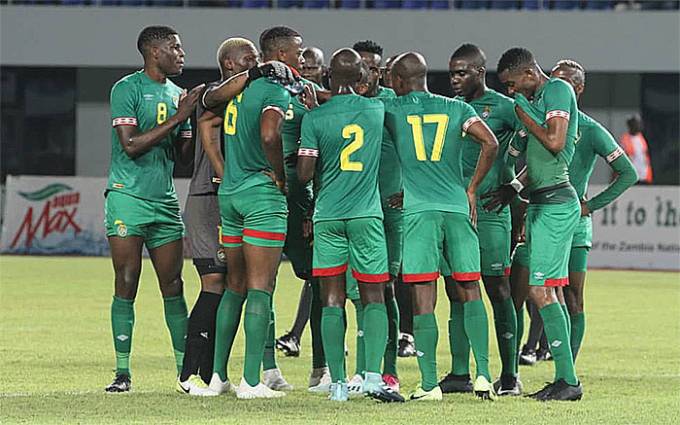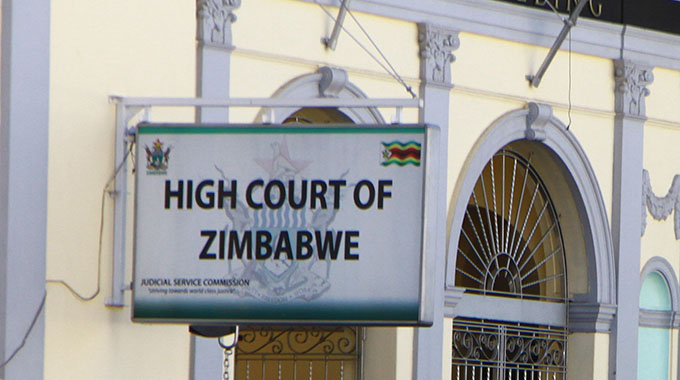Editorial Comment: Timetables: Zupco must take next step

Zupco has done well in its revitalisation in getting a basic public transport service in place, showing imagination by bringing in franchise holders and adding hundreds of conventional buses to its fleet plus around 1 000 private kombis.
But now it needs to take the next step and restore scheduled services, especially between peak demand where there are different problems that need further expansion of the fleet.
With almost 800 large buses and 1 000 kombis in its national urban transport fleet, it is a major force and no longer an emergency operation.
The Covid-19 lockdown regulations have, in effect, restored the legal monopoly and even with pirates nibbling at the edges, Zupco is now big enough to be the main operator, not a subsidiary operator offering a cheap service to the lucky few.
The problem between the early morning and later afternoon peaks is that buses run very infrequently, yet a glance at the city centre terminuses and at the final bus stop on each route will find buses parked, in some cases several buses for a single route, because demand is light at the particular end of the route.
It appears that most bus drivers, and especially those of the franchised buses which dominate the fleet, dislike moving off until their bus or kombi is full or almost full.
So a bus on, for example, the Tafara-city centre route might be at Tafara waiting for 60 passengers at 4pm, while there are hundreds standing in the city centre waiting to go home, to Tafara.
But even when numbers at both ends of a route are lowish, such as say 11am, there are always people waiting at the intermediate bus stops and at the very least a kombi could cruise down that route picking up the one or two at each of these stops and arrive with a full load to the other end, or at least sell every seat even when some passengers just wanted to go 2km down that route.
In either case a full batch of fares is paid.
At the moment a surprising amount of this intermediate traffic is being collected by pirate taxis, the notorious mushikashika.
There are even pirate kombis involved, but when waiting times can exceed an hour, there are many who will, unwillingly, pay the exorbitant charges of the pirates because they need to be somewhere else in finite time.
Those whose memory goes back to the 1980s and before will remember that buses used to stick to remarkably rigid timetables on most routes.
If you knew that a bus was scheduled at “your bus stop” at 23 minutes past the hour, you also knew that if you were at the stop at that time you would catch your bus.
Admittedly no service was that perfect, but arriving a couple of minutes before the scheduled arrival time pretty well guaranteed you would catch your bus within five minutes.
There were complaints by the private bus companies, later nationalised and combined to form Zupco, that they sometimes lost money because they were running buses half full on some routes.
Here the mixed fleet of buses and kombis that Zupco now operates comes into its own.
It would be better, for most commuters, to send a kombi down the route every 30 minutes rather than a conventional bus every two hours.
And a service that frequent would kill the mushikashika. Zupco kombi services are more expensive than conventional buses, but kombi fares are still around half those charged by the pirates so people will wait a few minutes, especially when they know a bus is coming.
The other problem with waiting for a bus to fill at the end of a route is that there are usually inadequate seats available for the traffic on offer at the intermediate stops.
Sometimes a commuter stands waiting, while two Zupco buses roar past full before finding a seat, or just gives up on Zupco and risks life and health taking a mushikashika cruising past invitingly.
The next step is operational, with Zupco operating the central control in each town and city where it operates and building up communications and having inspectors in more and more spots.
Critically, Zupco needs to know how much traffic is on offer on each route, and this on most routes is a lot more than what its buses actually pick up and probably a lot more than passenger returns and even driver reports indicate. Those returns and reports miss the large pirate traffic.
A very basic survey would be to send an open-minded manager down each route every hour for a day counting numbers at bus stops, to give planners a baseline for intermediate traffic.
Having better communications between drivers and the control room would also help, along with a formal inspector at the most important stops, and especially the city centre terminus and the end point of the route.
This would avoid having buses and kombis piling up at one end of a route when there were long queues the other end.
The rebuilding of Zupco is more than just having more buses. More and more it will involve complex management to ensure that all passengers needing a service can get the service and get it with modest or no waiting.
The fleet is probably large enough between the peak periods for a restoration of scheduled services, and pinning up temporary timetables at each bus stop on each route is simple, especially in the dry seasons.
In the end, all using Zupco dream of the day when timetable books are available, detailing the position of each bus stop and the times the buses reach it. Y
et that dream is Zupco’s mandate if the 2030 future is to be realised, when as in developed countries most people use public transport, and is needed now so no one has to risk death and disease to make work on time.









Comments